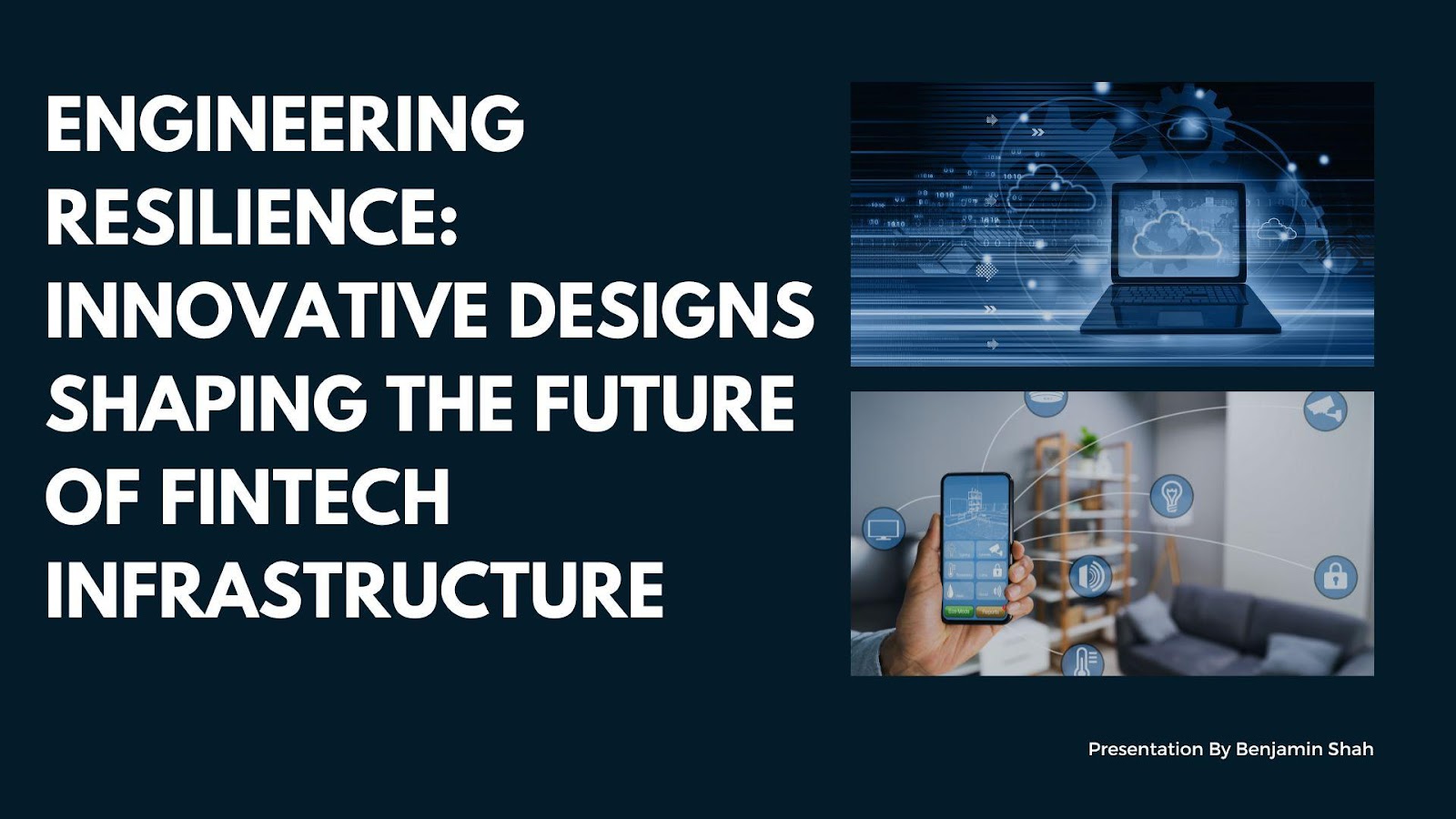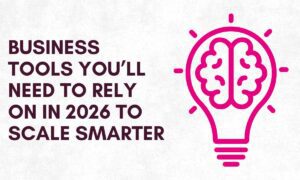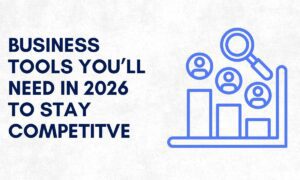In a digital era where uninterrupted financial services are paramount, innovations in system resilience have become the cornerstone of fintech infrastructure. In his latest article, Sai Teja Battula—a technologist with a focus on resilient system design explores transformative approaches that promise continuity even amidst catastrophic disruptions. His exploration delivers not just technical solutions but a comprehensive framework integrating architecture, process, and compliance.
Threat-Proofing the Digital Economy
The digital financial ecosystem is under constant siege from natural disasters and hardware failures to cyberattacks and cascading technical errors. The first step toward resilience lies in eliminating single points of failure. High-availability systems now prioritize redundancy at every layer—from servers and data centers to entire geographic regions. Active-active configurations allow for seamless failover, while database clusters with automated replication ensure transaction consistency despite outages. These innovations are not mere optimizations but fundamental survival strategies for financial applications in today’s volatile environment.
Redundancy as the New Normal
Redundancy is no longer a luxury, it’s a mandate. Geographic distribution of infrastructure ensures service continuity despite localized disasters. High-stakes applications, like payment gateways and authentication services, benefit immensely from database failovers, replicated APIs, and resilient routing mechanisms. The systemic integration of these technologies underscores a shift from reactive recovery to proactive continuity. Modern systems must incorporate redundancy by design, with automated health checks, cross-regional load balancing.
Rethinking Failure with Fault Tolerance
Modern financial platforms are not built to avoid failure, they are designed to survive it. Innovations like circuit breaker patterns and bulkhead isolation embrace fault tolerance by allowing services to fail gracefully without collapsing the entire system. Message queues decouple services to maintain operations during downstream disruptions. These principles emphasize system stability through graceful degradation, ensuring customer experience remains intact even during internal turbulence.
Data-Driven Recovery Innovations
Data integrity is vital in a field where even minor discrepancies can cascade into significant liabilities. Point-in-time recovery and real-time data replication offer sophisticated tools to restore systems precisely and swiftly. Immutable backups provide tamper-proof protection, shielding against ransomware and insider threats. This layered backup strategy ensures that recovery is not only possible but precise and verifiable.
Architectures that Heal and Scale
Microservices architecture stands as a beacon of resilience. By modularizing services, this approach creates natural containment zones for failures and enables targeted scaling. Event-driven designs further decouple services through asynchronous communication, enabling features like replayable logs and audit trails. Multi-region cloud deployments enhance resilience by enabling intelligent traffic rerouting, meeting data sovereignty regulations, and reducing latency for a global user base.
Tiered Disaster Recovery: Prioritizing What Matters Most
One-size-fits-all recovery is inefficient. The tiered recovery model categorizes fintech functions based on criticality. Tier 1 services demand near-instant recovery, while less critical analytics platforms can afford longer recovery timelines. This approach allocates resources efficiently, ensuring that mission-critical systems receive the fastest recovery protocols, complete with frequent testing and robust documentation.
Testing, Not Guessing
Resilience isn’t just built, it’s practiced. Innovations in testing methodologies, including chaos engineering and automated drills, ensure recovery plans perform under pressure. These tests simulate real-world failures, validate architectural assumptions, and uncover hidden vulnerabilities. Automated recovery tests provide ongoing assurance, making resilience a continuously evolving capability.
Beyond Tech: Continuity Through Communication and Compliance
True resilience transcends code. Business continuity planning now incorporates detailed communication strategies with pre-approved messaging templates and escalation paths. Operational runbooks provide staff with decision trees and clearly defined roles during incidents. Documentation is critical not only for audits but also for refining response strategies and maintaining regulatory alignment. The regulatory push towards operational transparency has only accelerated the formalization of these practices.
In conclusion,the innovations described in Sai Teja Battula’s work demonstrate a holistic evolution in fintech resilience. From the architectural DNA of applications to the workflows supporting them, the emphasis is on proactive planning, modular design, and continual testing. This forward-thinking approach ensures that as the fintech ecosystem grows more complex, it also becomes more dependable. In the end, resilience is not just a technical feature—it’s a business enabler, and the organizations that master it, as Battula aptly concludes, are the ones best poised to maintain trust in an unpredictable world.





























